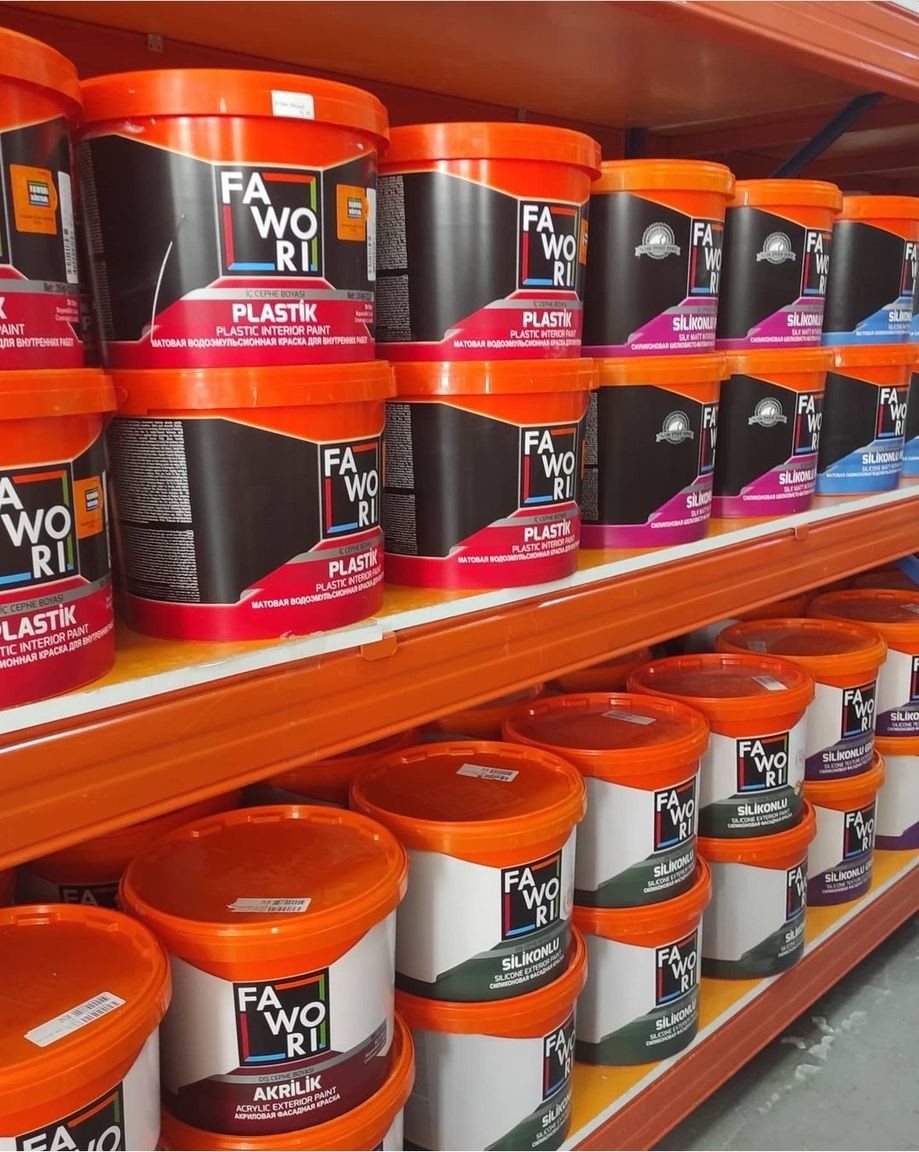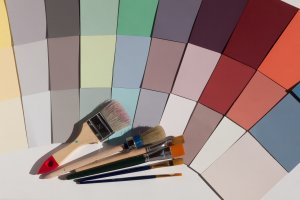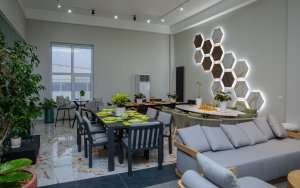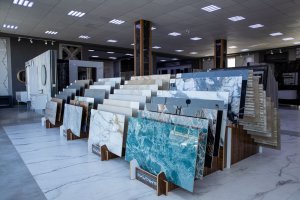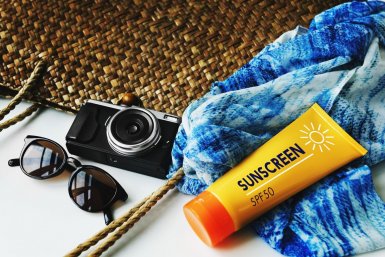Literally each of us during or before the start of apartment renovation had a question – what is better, paint the walls or wallpaper them? Everything is weighed – from possible financial costs to the service life of this or that coating.
Each of these methods has its pros and cons, and choice should be done on the base of the initial data and final goals.
Wall painting. In our time, painting walls for residential premises does not mean covering them with alkyd enamels familiar from childhood with sharp, sometimes unbearable odors, but applying modern, environmentally friendly, quick-drying compounds, with a slight smell of paint. First of all, these are water-based paints, which are most often used for painting walls and ceilings in residential areas with low humidity. Such whitewashes are considered the most budget option, they are not too resistant to moisture, but they are easy to apply, have a wide range of colors.
Acrylic paints for interiors are water-repellent, resistant to bright sunlight, and protect iron from corrosion. Their main drawback is their rather high cost.
Similar in properties to acrylic silicone and latex formulations. They perfectly cover wall imperfections, dry quickly, apply easily, are not afraid of dampness, they can be washed with a damp sponge.
The main pro of covering walls with any of the above types of paints is the ability to choose any color you want due to the ability to mix shades. Such a coating is quite durable, besides that, in case of damage to the surface, it is possible to fix the defect quickly.
Many types of such coatings can be washed, so they are used in rooms with high humidity - in kitchens, bathrooms, etc.
The pros of coating with paint can be safely attributed to the fact that this process is quite costly in terms of time and resources. It is necessary to apply the paints only on perfectly flat surfaces. Any irregularities, curvature of the walls, bumps or dents, the paint will immediately ruthlessly emphasize. That is why, preparing the wall for painting takes quite a lot of time. Besides that, it is not recommended to paint the walls in new houses for 2-3 years after settlement - the house will shrink at this time, and the walls will crack, which will be perfectly visible on the paint.
The choice of wallpapers is also quite wide. In addition to simple paper, vinyl, non-woven, and fiberglass are gaining popularity. Thanks to the endless variety of patterns, it is available to create an interior in any style, from minimalism to baroque.
The main pro of paper wallpapers is their price, and also breathability and environmental friendliness, but they are rather fragile and cannot withstand moisture, they cannot be washed, besides that, if there are stains on the wall initially, they can “leak” through the wallpaper. Non-woven wallpaper has the same drawbacks, although, compared to paper ones, they are the easiest to remove from the wall and absorb sounds well.
Vinyl wallpaper combines durability with water and bright sunlight resistance. They perfectly hide the irregularities of the wall, but they are combustible and emit toxic substances during combustion. These wallpapers can be washed. The most moisture-resistant wallpapers are made of fiberglass, they can even be washed with a hard sponge, so they are great for bathrooms and kitchens. They serve up to 30 years.
The pro of any wallpaper is that it is not necessary to make the wall perfectly smooth before sticking, any wallpaper hides small bumps and roughness well, especially embossed wallpaper. In new houses, even if cracks appear on the walls during shrinkage, they will not be visible under the wallpaper, since the wallpaper is capable of stretching. Varieties of pattern on the wallpaper create comfort and a pleasant atmosphere in the rooms.
The con of wallpaper is a rather short service life, up to a maximum of 10 years (except for fiberglass). They are unstable to physical impact, small children and animals can quickly bring the pasted wall into complete disrepair, especially in the corners. Not all wallpapers are moisture resistant.
There is a way to combine both types of coating - take the wallpaper “for painting” and cover it with the color you want. This method combines the pros of both types of coatings. The relief on the surface of these wallpapers gives the wall texture, and the paint coating - strength. The cons of this method are almost the same as for gluing with ordinary wallpaper.
So, it is impossible to say for sure which of the wall covering methods is better or worse. Everyone should choose, based on their own preferences, financial capabilities, initial data and operating conditions of the premises. Each of the methods has both pros and cons, it remains only to strike a balance between them.
Ak gaýa stores have a wide selection of both wall painting compounds (water-based, silicone, for interior and exterior walls, for rooms with high humidity), and a variety of wallpapers, and wallpaper adhesives in different price categories. Experienced sellers will advise which wallpaper or paint would be better for each specific purchaser.
Resources: ivd.ru; zen.yandex.ru; idei.club.
Also read:



